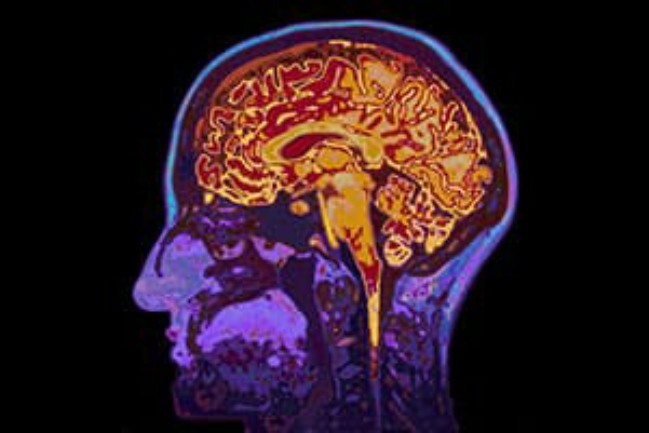Prevention Of Alcoholism And Substance Abuse
Our aims are at reduction of adverse consequences of drug abuse through a multi pronged strategy involving education, de-addiction and rehabilitation of affected individuals and their families. We have an accepted demand reduction as an indispensable pillar of drug control strategies. The demand reduction strategy consists of education, treatment, rehabilitation and social integration of drug dependent persons for prevention of drug abuse.



Aims , Objective and scope
Preventive Education and Awareness Generation : Programmes would be carried out to address specific target groups (vulnerable and at risk groups) in their neighbourhood, educational institutions, workplace, slums etc. with the purpose of sensitizing the target groups and the community about the impact of addiction and the need to take professional held for treatment.
Treatment and Rehabilitation: Under this component, focus would be on establishing and assisting de-addiction centres in Government Hospitals, Medical Colleges, closed settings such as prisons and juvenile homes and residential stabilization programmes as Model Rehabilitation Centres.
Setting Quality Standards: Efforts will be undertaken to develop modules for treatment of addicts of different categories and age groups in order to ensure quality and standardization in treatment protocol across the country. Recognition of de-addiction centres will also be done by resorting to third party accreditation through an appropriate Agency/Authority so as to standardize and improve the quality of the drug addiction treatment facilities across the country.
Focussed Intervention in vulnerable area: Focussed intervention programmes would be undertaken in vulnerable districts across the country with an aim to increase community participation and public cooperation in the reduction of demand for dependence-producing substances and promote collective initiatives and self-help endeavour among individuals and groups vulnerable to addiction or found at risk. The following intervention programmes would be carried out:
i) Community based Peer led Intervention for Early Drug Use Prevention among Adolescents:
Through these programmes, youth would be trained as Peer Educators to lead peer led community intervention and implement early prevention education especially for vulnerable adolescents and youth in the community. This programmes would also provide referral and linkage to counselling, treatment and rehabilitation services for drug dependents identified in the community.
ii) Outreach and Drop in Centres:
Outreach and Drop in Centres would be established in the identified districts to conduct outreach activities in the community for prevention of drug abuse with a special focus on youth who are dependent on drugs. These centres shall have the provision of screening, assessment and counselling and would provide referral and linkage to treatment and rehabilitation services for drug dependents.
iii) Skill development, Vocational Training and Livelihood support of ex-drug addicts:
In order to promote meaningful livelihood activities and employment to install a sense of purpose and self-esteem in individuals to steer them away for drugs, programmes for skill development, vocational training and livelihood support of ex-drug addicts.


Approach and strategy
The approach of this Scheme is to provide the whole range of services including awareness generation, identification, counselling, treatment and rehabilitation of addicts through voluntary and other organizations. With a view to reducing the demand for and consumption of alcohol and dependence producing substances, the thrust would be on preventive education programmes and Whole Person Recovery of the drug dependent persons. In order to achieve the objectives of the scheme the key strategies will be as follows :
1. To evolve culture-specific models for the prevention of alcoholism and substance abuse and for rehabilitation of drug dependent persons.
2. To promote collective initiatives and self-help endeavour among individuals and groups vulnerable to addiction or found at risk.
3. To increase community participation and public cooperation in the reduction of demand for dependence-producing substances.
3. To create and sustain an infrastructure of trained human resource personnel and service providers to strengthen the service delivery mechanisms.
4. To establish and foster appropriate synergy between State interventions, corporate initiatives, the voluntary sector and other stakeholders in the field of substance abuse prevention.
5. To facilitate networking among policy planners, service providers and other stakeholders, with an aim to encourage appropriate advocacy.
6. To promote and sustain a system of continuous monitoring and evaluation including self-correctional mechanism.
Target groups
All victims of alcohol and substance (drugs) abuse with a special focus on:-
1. Children including street children, both in and out of school.
2. Adolescents/Youth
3. Dependent women and young girls, affected by substance abuse.
4. High risk groups such as sex workers, Injecting Drug Users (IDUs), drivers etc.
5. Prison inmates in detention facilities including children in juvenile homes addicted to drugs.
5. Substances, abuse of which is covered under the Scheme

Call Us
AntiAD House, Next to Braeburn School, Garden Estate Road
+254 20 800 1999,+254 772 800 999
info@antiadinternational.org
Call Us
AntiAD House, Next to Braeburn School, Garden Estate Road
+254 20 800 1999,+254 772 800 999
info@antiadinternational.org
